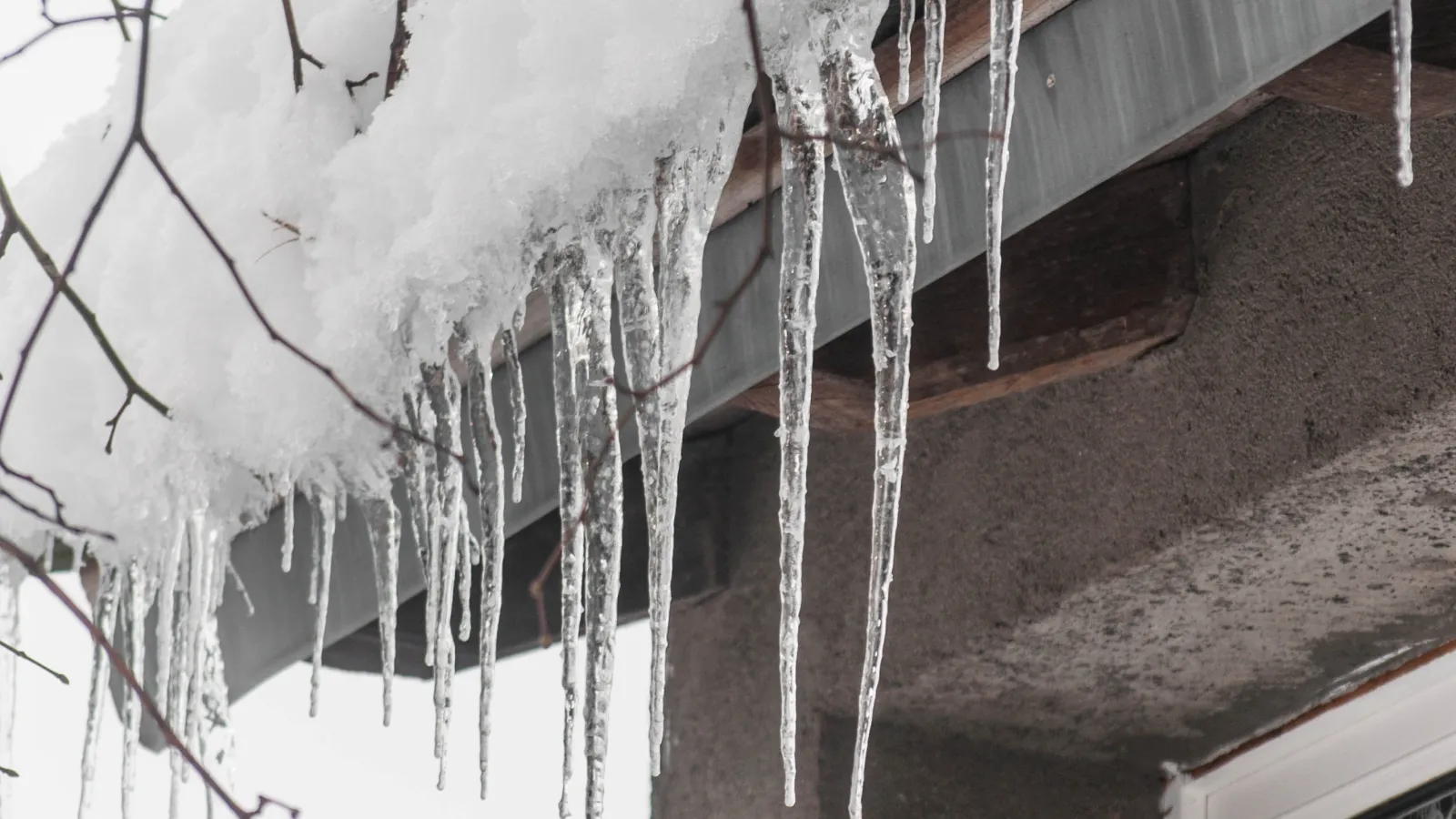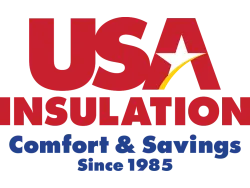Depending on where you’re from, the first snow fall of the season is either really exciting or dreadful. Hopefully, it’s the former but we understand that when it comes to snow, there can definitely be too much of a good thing. As parts of the U.S. prepare for the inevitable snowfall, many homeowners are taking precautions to ensure they and their families have a comfortable winter.
But did you know? Snow can tell you a lot about your home by playing an important role in determining how well your home is insulated.
Snow on your roof
A quick Google search for snowfall can show beautiful photos of snow struck cities, blanketed in white. If you pay close enough attention, you’ll notice the perfectly snow-covered roof tops. In fact, this is how snow is actually supposed to behave in a well-insulated home. Since the home’s thermal envelope is efficient, heat won’t escape, allowing the snow to sit perfectly on your home! Better yet, continued buildup of snow will even add to your home insulation since it acts as an insulator.
Melting snow
For homes that do not have sufficient insulation, snow will behave drastically different. By taking a few minutes to look around your neighborhood after a recent snowfall, you can tell which homes don’t have adequate insulation, particularly in the attic. Snow on the rooftop will be significantly less as it continues to melt due to heat escaping from the lack of insulation. If you’re experiencing melting snow, a quick look at your roof should reveal the problem areas.
Icicles
Similar to melting snow, icicle formations on your roof should also be taken seriously. And although it looks somewhat ornamental, icicle formation has nothing good to say about the state of your insulation. When attic insulation is severely lacking, an increased amount of heat escapes, melting the snow, which then drips off the roof and refreezes to form icicles. And for the sake of your energy bills and comfort of your home, it should be treated before giving way to further damage.
Snow dams
Usually occurring hand-in-hand with icicle formations, snow dams are another extreme cause of lack of insulation within a home. As snow begins to melt due to heat escape, it can freeze before trickling off your roof and as this process is repeated, it creates a snow dam, also known as an ice dam. As temperatures fluctuate and snow continues to melt, the snow dam can trap water and cause severe structural damage. By sufficiently insulating your home, you can prevent snow dams from forming in the first place.
A quick observation of your home after a snowfall can give you an idea of what you’re dealing with but always trust professionals like USA Insulation when it comes to ensuring the protection of your home! Contact us for a FREE in-home consultation to start living more comfortably.
USA Insulation is looking for eager entrepreneurs interested in franchise ownership. To find opportunities in your area, contact our franchise development professionals to see the opportunities available in your market!



